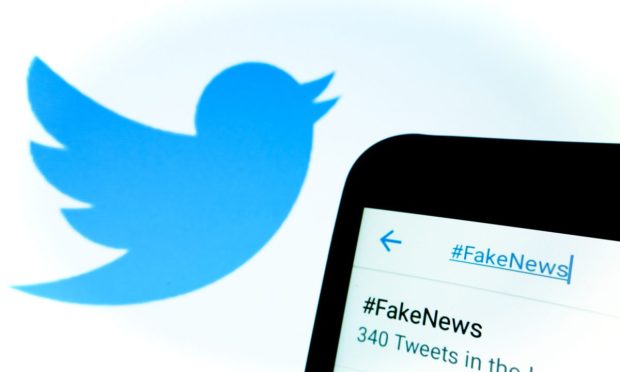Why Charging Twitter Users Per Tweet to Deter Bots Is DOA

How much would you pay to be allowed to make a post on Twitter?
That is a question that was raised, somewhat indirectly, by the chief strategy officer of the world’s largest cryptocurrency exchange Binance, which kicked in $500 million to Tesla CEO Elon Musk’s buyout of the social media platform.
It came at the confluence of the bot problem Musk has called endemic on Twitter and the old but essentially untested idea of Web micropayments.
Charging users a small fee to access content — pennies or even fractions of a penny — is an idea media companies have been pitching ever since it became clear that the internet was taking ad sales away from them, and musicians, authors and other content creators have dreamed of as a way to break free from the producers and publishers who take a large cut of the income their works generate. It’s been tried a lot and has largely failed.
Binance CSO Patrick Hillmann raised the idea on a CoinDesk TV interview on Tuesday evening (Nov. 1) while discussing the exchange’s hopes of using Twitter as an R&D platform, using “probably the most prestigious” Web2 platform “as a sandbox to start to be able to take apart some of the challenges that we’ve seen … in the Web2 space, and maybe start to address these issues with Web3 solutions.”
Such as, Hillman said, “using a payments system in order to create a very small microtransaction that the average user would have no problem bearing the cost but would make it extraordinarily expensive for the bot community to be able to sustain.”
Bearing the Cost
Let’s break that down.
Musk has said that he wants to quintuple Twitter’s nearly 400 million global users by 2028 — keeping and growing that number as fast as possible.
It has also become pretty clear that Musk wants Twitter to become a payments platform. That’s based on a number of factors, starting with his background as a PayPal co-founder — it’s where the world’s richest man made his first real fortune — but also because of some of the main goals he’s laid out.
For one, Musk has said he wants to turn Twitter into a Western version of China’s WeChat super app, which is among other things an enormous player in China’s very advanced digital payments market, sharing more than 90% of the market with AliPay. For another, Musk has said he wants advertising to drop from providing nearly all of Twitter’s revenue now to less than half by 2028. It’s not clear what revenue stream besides payments could achieve that.
For one thing, it means getting every Twitter user — old and new — to create some sort of digital wallet.
While it need not be a crypto wallet — despite Musk’s backing of cryptocurrencies like dogecoin and bitcoin for payments — pennies can be broken into fractions in digital wallets and online accounts without the complexity of setting up a cryptocurrency wallet.
But, it does mean getting as many Twitter users as possible to entrust the social media platform with some of their financial data, including what they spend funds on. And forcing them to spend some of those funds, even if it is fractions of a cent, to make every tweet won’t help.
Bot control and eradication is — as Musk has said — far more of a technology and content moderation issue than an excuse to make revenue, even if it is a tiny amount.
Digital Wallets Struggling
Another issue is that Musk’s Twitter wants people to use their accounts as digital wallets.
Despite the success of digital wallets in China, both Apple Pay and Google Pay have struggled badly in the U.S., with leader Apple Pay’s actual market share of in-store payments under 3% — despite having nearly half of all mobile wallet payments, according to PYMNTS’ August report, “Mobile Wallet Adoption: Apple Pay @8: Still The Big Fish In A Small Mobile Wallets Pond.”
As for in-store crypto payments, they are still so new as to have a negligible percentage of sales, despite signs of growing acceptance and a wider-than-anticipated 23% of Americans participating in the crypto market, according to PYMNTS’ U.S. Crypto Consumers study.
See also: The U.S. Crypto Consumer: Cryptocurrency Use in Online and In-Store Purchases
And while offering those payments services could well be a draw for new users, charging for them would hardly be likely to have the same effect.
This isn’t to say this is even likely to happen. For one thing, Musk knows the payments industry.
And for another, Hillman said that Musk’s team has made it very clear that Twitter will “be his baby.”
For Binance, the investment is “all about getting crypto at the table, getting Web3 in the right meetings, in the right discussions to see what’s potentially viable,” he said.
It’s a fairly safe bet that charging people even a tiny amount of money to fix Twitter’s biggest problem isn’t it.
For all PYMNTS crypto coverage, subscribe to the daily Crypto Newsletter.
